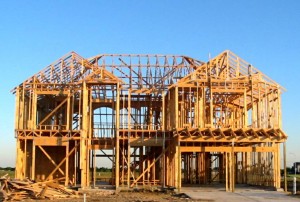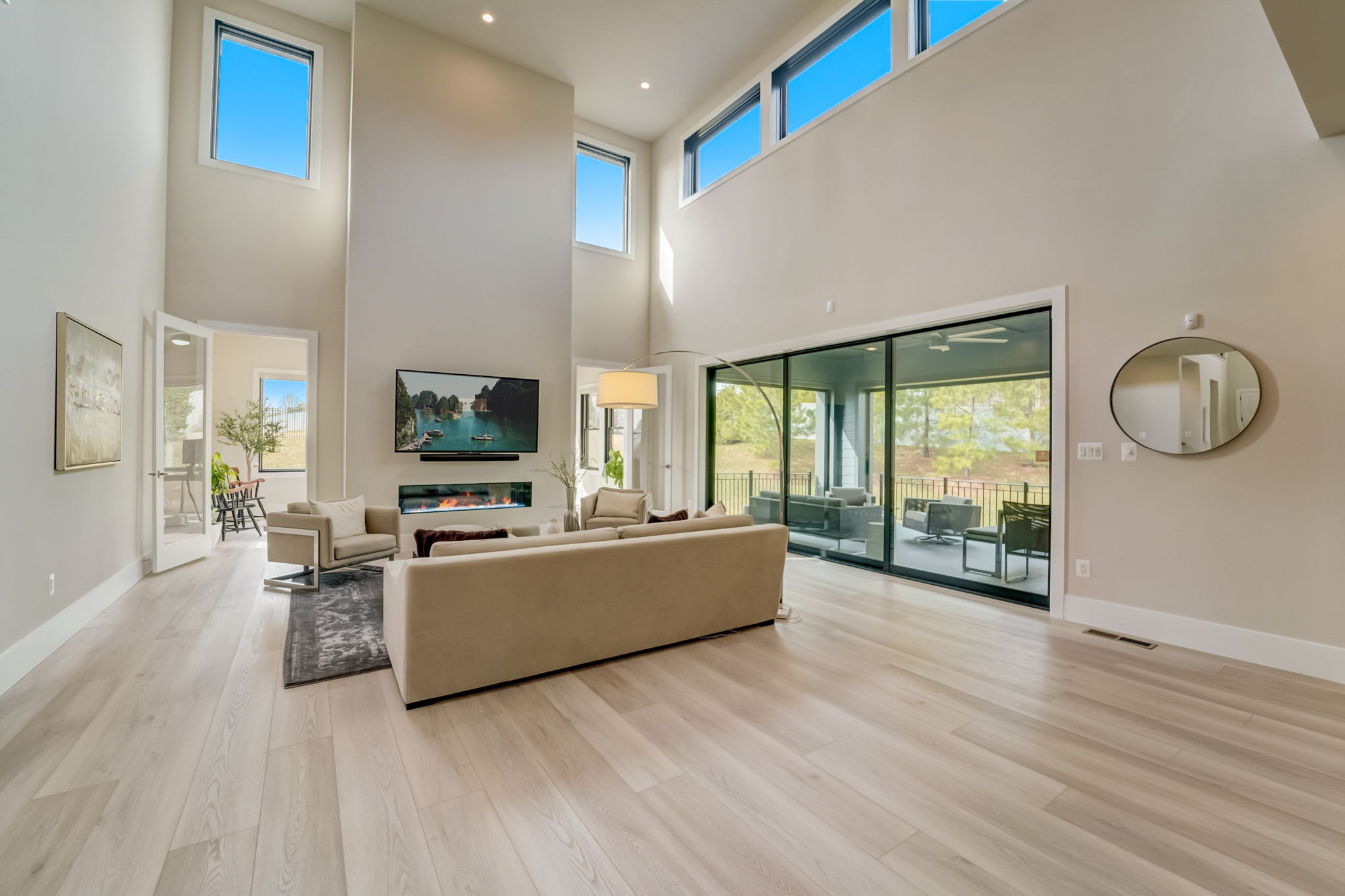Today's blog post is inspired by the array of perspectives I've encountered from clients recently, which span a wide spectrum of opinions about the housing market. It's fascinating and somewhat surprising to see how opinions diverge, whether optimistic or pessimistic. I find that these perspectives are usually shaped by whichever narrative is prevalent in their algorithm and environments. This variety in viewpoints highlights the inherently complex and subjective nature of the real estate world.
These client discussions, though varied in outlook, often circle back to similar key points. Yet, the impact of these points on each individual's situation can differ dramatically, influenced by factors like geographic location and property type. Despite the diverse conclusions drawn, the core topics of our conversations remain consistent. Here's an insight into the common themes we explore:
- Evolving Buyer Competition: Recent experiences with buyers in some markets are reminiscent of 2021.
- Interpreting Data: What’s actually happening with supply, demand, and prices in their respective markets.
- Interest Rates: What are the takeaways from the year end jobs data & will rates meet expectations.
- Navigating Through Misinformation: Drawing from personal experiences & instincts, discussing the challenge of misinformation.
Hopefully this helps provide a balanced and insightful understanding of the current real estate market.
Evolving Buyer Competition:
Multiple offer situations have always been around, but we've seen a significant resurgence in the past 30 days across various price points and locations. In fact, we've personally been involved in three offers made sight unseen, a scenario that hasn't occurred in quite some time. In markets where we lack direct experience, we analyze days on market and market absorption — the ratio of homes under contract to those actively listed — to gauge buyer demand.
In nearly every suburban market, single-family homes and townhomes continue to perform well. The sole exception was a condo in Loudoun County, which was the only property we encountered that didn't attract multiple offers.
In my conversations with both buyers and sellers, I've encountered a spectrum of reactions, from utter surprise to an almost expected sense of dread. However, my role requires me to form opinions, which isn't always my preference. Nonetheless, I strive to offer insights based on instinct, market experience, and, of course, data.
The Jobs Report Narrative: A Tale of Two Perspectives
The year-end jobs reports present a divided perspective of the economy, mirroring the varied opinions I've observed among clients and colleagues. Online reactions to these reports span a wide range, from extreme elation to sheer panic.
On the positive side, the creation of 216,000 jobs and a stable 3.7% unemployment rate suggest a strong economy, which is generally a good sign for housing, particularly with the potential for future rate cuts. However, this optimistic view is countered by concerning signs: over 600,000 people leaving the job market and a rise in wages. Adding to the complexity, 10 of the last 11 jobs reports have been adjusted downwards, with the October report's initial claim of 150,000 new jobs being revised to just 44,000.
- The 10-Year Treasury Yield, closely linked to mortgage rates, rose to 4.1% and in turn, rates increased.
- Rising wages coupled with a smaller labor force signal higher labor costs and potential inflation.
- With mortgage rates at 6.75%, the absence of a rate cut in Q1 could push rates back above 7% as the spring market approaches.
This presents a critical question for potential buyers and sellers looking to time the market. Will the market benefit from lower interest rates in 2024, or will a rise in rates curb buyer interest, potentially leading them to hold off on purchases?
Supply & Demand Narrative:
What does “A good time to buy” even mean anymore? According to Redfin’s latest Housing Market update, the scenario appears optimistic for prospective homebuyers, with a notable influx of buyers re-entering the market. Yet, this positive trend comes with a caveat — Redfin still anticipates a rise in both home prices and competitive intensity in the market.
- Highest affordability in the last year, albeit barely.
- Predicting lower interest rates, a fool's errand if you ask me.
- New active listings up 10% year over year. The baseline is historically low, where are we compared to 201?
To summarize, the data initially suggests favorable conditions for buyers, with more homes entering the market than those being sold. However, my primary concern is that these differences, while positive, are slight and generalized. This broad-brush approach could create an overly optimistic view, which might not be particularly helpful in setting realistic expectations for buyers and sellers in the market.
However, what I am seeing is a lot of re engagement from buyers who were in the market in some capacity, but not necessarily a lot of “new” buyer activity. The buyers who have to buy are looking to take advantage of rates and optimism, but new buyer consultations are not happening as often as listing consultations. This jives with the ongoing decrease in mortgage applications, both week-over-week and year-over-year (-12%).
I've observed a shift in the attitude of builders, who seem to be moving away from their previously overconfident stances. In fact, builders are currently holding over 9 months of inventory, a scenario reminiscent of 2010, but more recently in June of 2022, which led to a notable drop in prices.
Navigating Mis-Information:
Navigating through the sea of misinformation and conflicting advice online can be overwhelming. This was exemplified when I received emails from two different lenders within a 20-minute span, each offering conflicting narratives about interest rates.
On a recent visit to a new home community, I encountered a builder who had just cut prices by $40,000. Interestingly, they were also hinting at impending price hikes, which felt like a sleazy tactic to encourage a quick commitment. This situation naturally leads one to wonder if those who bought homes last month at the higher price were fed the same misleading information.
Conclusion:
The real estate market is increasingly defined by its hyper-local nature, more so now than ever before. The dynamics of supply and demand are intensely localized, leading to major disparities across various neighborhoods and property types. This trend underscores a one-size-fits-all approach to real estate is futile. If you or anyone you know have any questions about the market or just want to talk through your personal situation, please feel free to reach out, it’s never too early to start these conversations.

Khalil El-Ghoul
Khalil El-Ghoul is a seasoned real estate broker actively helping sellers and buyers throughout Northern Virginia, DC, and Maryland. Known for his no-nonsense approach, Khalil combines expert market insight with honest, objective advice to help buyers and sellers navigate every type of market—from calm to chaotic. If you’re looking for clarity, strategy, and a trusted partner in real estate, he’s the one to call. 571-235-4821, khalil@glasshousere.com






